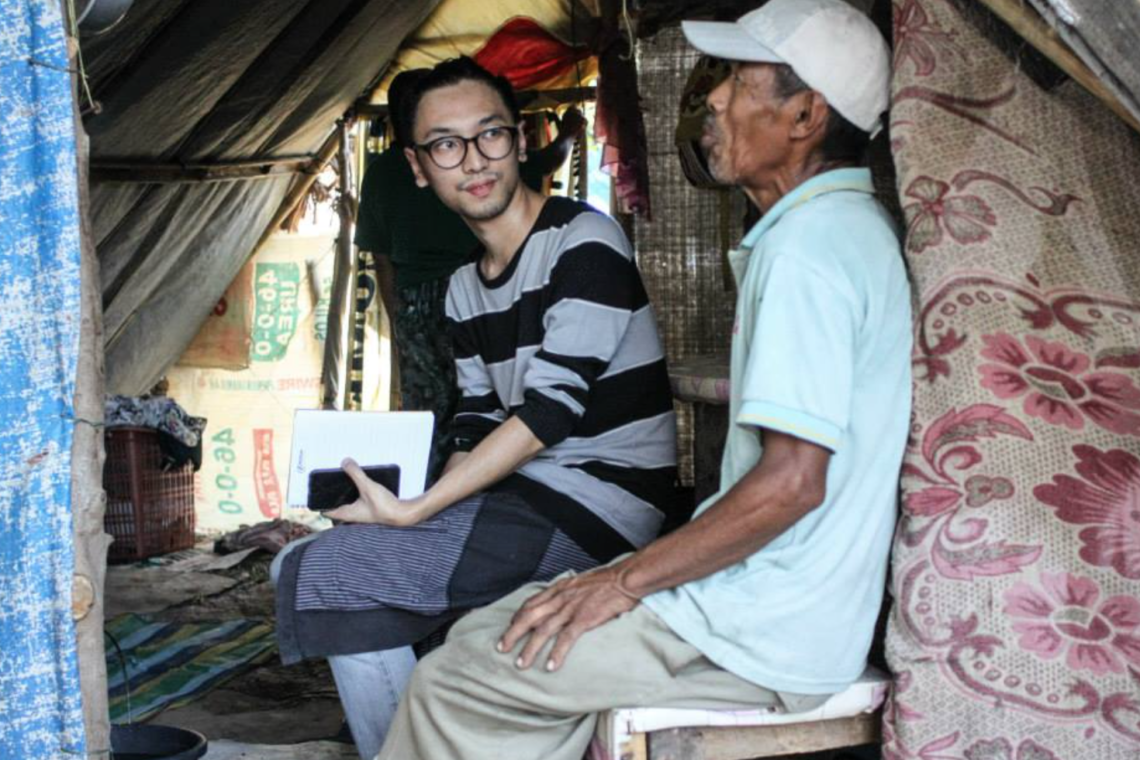Being part of the Communications Team that is responsible for communicating TPBPM’s mission, message and other campaigns, I want to relay a message that advocating for peace is what matters most at this very moment – it is both timely and relevant, and is not meant to be cliché nor vague. Experience wise I am helping the movement in producing text and photo-essays, and short videos documenting the program’s activities with the goal of promoting the project and peace advocacy that we have. Based on this context, I get to experience SCPHFP by interviewing the children, parents, and teachers. As I speak to them, I realized that SCPHFP has given them tools for cultivating inner peace, and hope for their future.
The communities SCPHFP serves have often felt neglected and forgotten. Ever since I started to interview, a lot of testimonials and stories were shared with me, of how they struggle in facing the different kinds of conflicts in their community. In Maguindanao, there was Saad, who at 14-years old was shot and severely wounded, and while recovering from life-saving surgery, showed great empathy for his assailant. There was also Saad’s schoolmate, a girl whose name escapes me right now, who made me realize that understanding and acceptance between Muslims and Christians should go both ways; elder leaders in both religions have a lot to work on regarding the biases and negative stereotypes they impart to children.
Then what is it for TPBPM? Our movement then set up the Kapatiran Program, which generates the idea of ‘It is not one-size-fits-all’ – this basically describes the TPBPM’s SCPHFP; wherein the program’s design is contextualized and localized depending on the needs to of the communities. More importantly, this program is not one-and-done training and seminars rather, the program lets community-members feel that volunteer facilitators really care for them. The community members in Maguindanao, shared that the only ties they received help, in the form of relief goods and public infrastructures, is after the tragedy strikes. After they disappear from the national news, aid organizations and the national government forget about them. After the first time TPBPM visited, they thought it was the last and only time we’d ever visit. Since then, they act less like they are isolated; they know we are looking out for them, ready to help. And since the formation sessions, they seem more lively, and their stories tell me they’re better emotionally equipped to handle a crisis.
Teachers say more students go to school regularly, more parents enroll their children. It seems they are less afraid of violent conflict interrupting their daily lives, although still aware of it.
Through the SCPHFP may we have more schools to serve and in the long-term ordeal, the institutionalization of peace education programs in our country. These stories and little victories within the schools and communities that we serve gave me hope. Before I end, I would like to leave a message of appreciation and recognition to Hadji Salik Kalaing Elementary School, Tatak Elementary School both in Maguindanao; Mahalika Elementary School in Maharlika Village, Taguig City; and, Sapang Uwak Elementary School in Porac Pampanga, we are all proud of you. Thank you and may you continue to support us in helping your school become a real peaceful place, and until then you too can share it with each and everyone.


